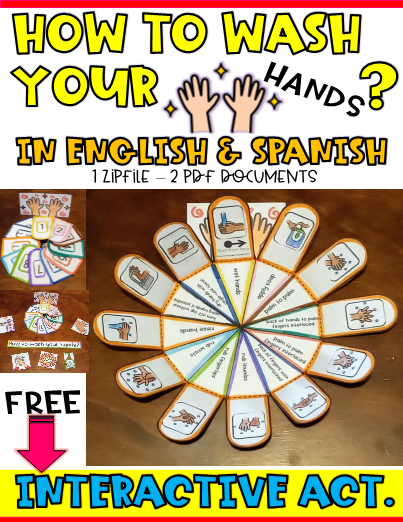How to Get Your Kids Interested in Exercise
Nowadays, with all of the video games and gadgets available, it’s difficult to get kids to put away their screens and try something active. This has led to a huge rise in childhood obesity and health problems related to sedentary behavior. As a parent, you want your child to be as happy and healthy as possible, so how can you encourage them to become more interested in exercise rather than playing video games or watching TV? Here are some of the best ideas to get kids to exercise to give you inspiration.
This post contains Amazon affiliate links.
Ways to get Children to Exercise:
Try out a sport
If your child finds exercise ‘boring,’ then maybe they just haven’t found a sport they like yet. Sports are both lots of fun and a great way to burn extra calories, and team sports can also teach your child vital life skills like teamwork and cooperation.
Volleyball is a fantastic, fast-paced sport that your kids will love. If you buy volleyball equipment to play this sport at home, then you’ll need to make sure you look after it so it doesn’t get damaged. In particular, volleyball ball pumps are essential for keeping the ball in perfect condition.
Go to after-school clubs
If you don’t have the space or equipment for your kids to play sports at home, then you can sign them up for after-school sports clubs instead. These clubs will have much better facilities and will be able to teach your child more about the sport, helping them reach their full potential. Additionally, your child will participate with other children at these clubs, which will help them make new friends and learn how to collaborate.
Walk to school
A small change you could make to your child’s routine is walking them to school instead of driving them there (or letting them walk alone if they’re old enough). This will get them used to moving more and will reduce their total amount of sedentary behavior.
Try sports and dance games
A fun family activity that’ll get you all moving is sports or dance games. Although video games often reduce your child’s activity levels, these games actually make them get up and move around in order to win. Games like Just Dance are also extremely fun and competitive - you’ll be having as much fun and getting as much exercise as the kids!
Ask them what activities they like
Most importantly, you can’t get your kids interested in exercise if you don’t listen to what they’d like to do. Forcing them to take part in sports and activities they hate will only make them resent exercise. For example, you may find out that your child prefers competitive team sports, solitary sports like running, or simply going for long walks. You may also find that your child isn’t very interested in sports but loves creative activities like dance. Try out a variety of activities to see what works for them.
Once you’ve found a form of exercise that your child enjoys, it’ll be so much easier to establish healthy habits and avoid harmful sedentary behaviors. Whatever you choose, make sure you enjoy the ride!
Recommended:
Family Field Trip Ideas Indiana

























